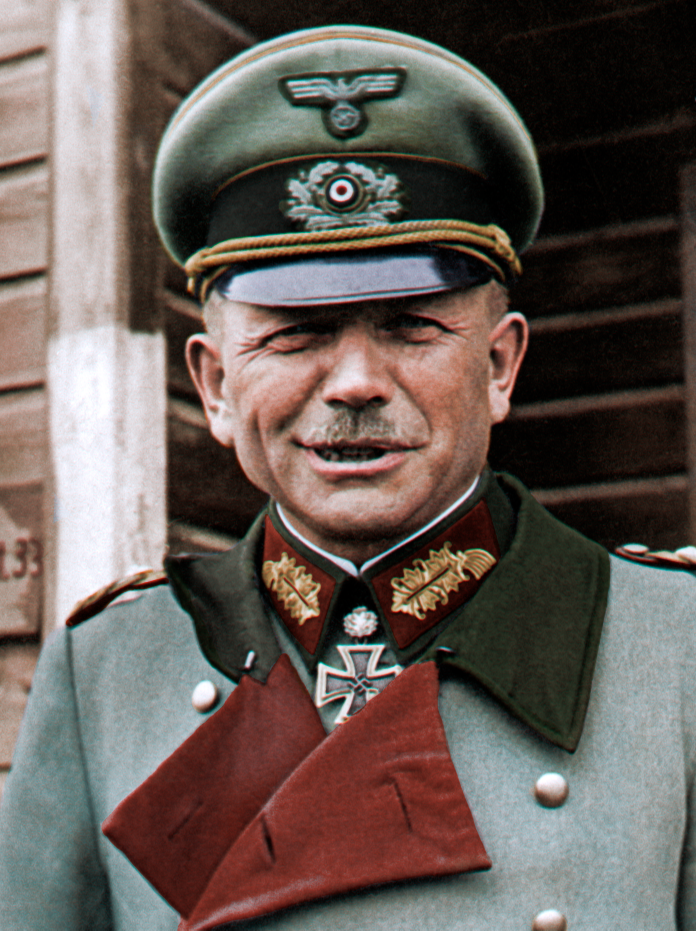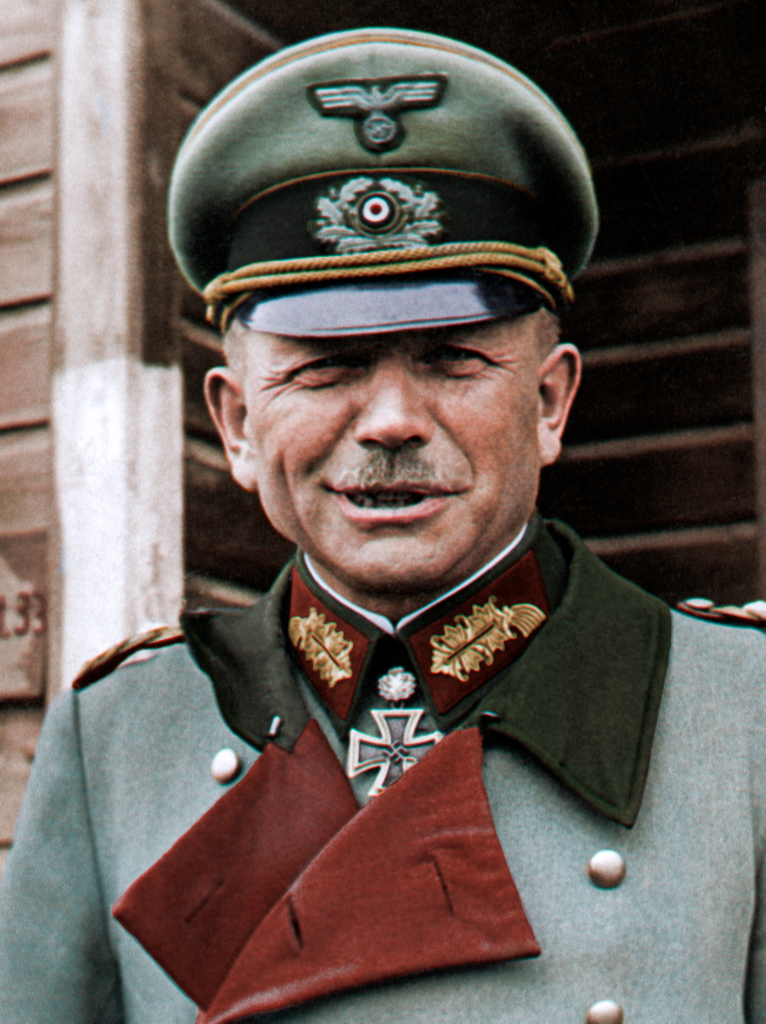
As long argued by Heinz Guderian, the father of the Germany WWII Panzer army, “the engine of the tank is as much a weapon as is the gun.” In the war over Ukraine that is being waged yet again by Russia, that truism has taken on a grim corollary neither because the guns are silent, but because the engines are failing, the armor rusting, the reserves spent.
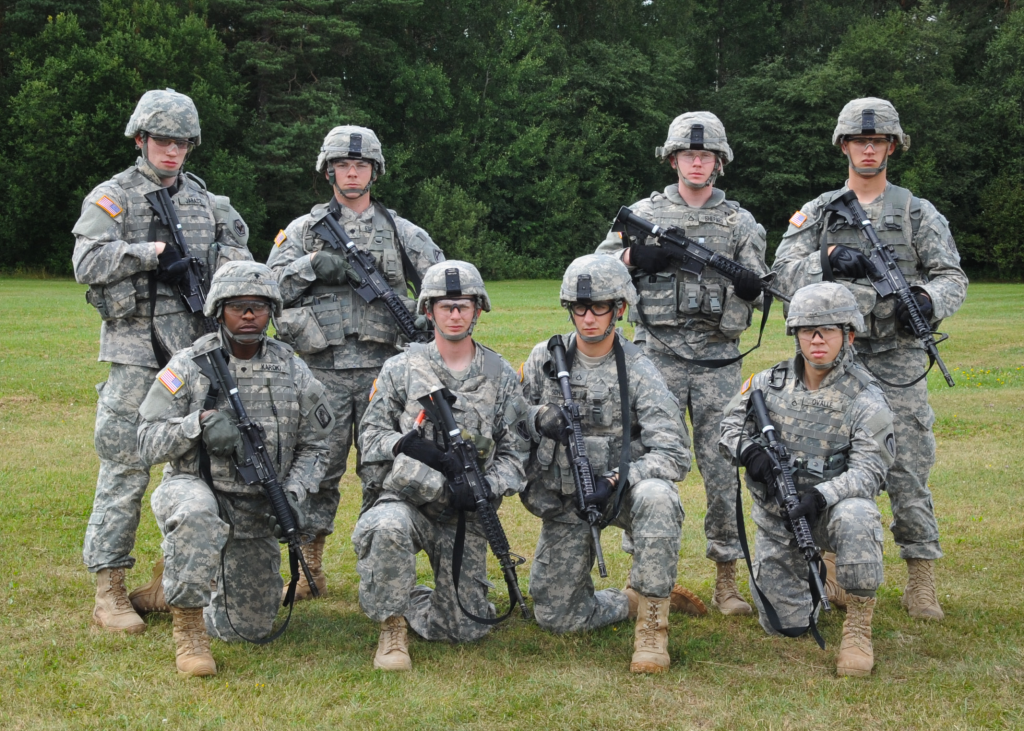
1. From Soviet Abundance to Wartime Scarcity
When the Cold War concluded, the Soviet Union had about 64,000 modern to semi-modern tanks, an unrivaled force. The lion’s share of this stockpile went to Russia but had decreased to around 12,000 in 2020, still almost double the stock of the US Army. Tactical depth should be provided bydeep reserves more than 7,300 tanks. Battlefield attrition since February 2022, however, has denuded that cushion. Open-source intelligence puts the tanks stockpiled in Russian stores at 2,887 these days with less than one-fourth serviceable.
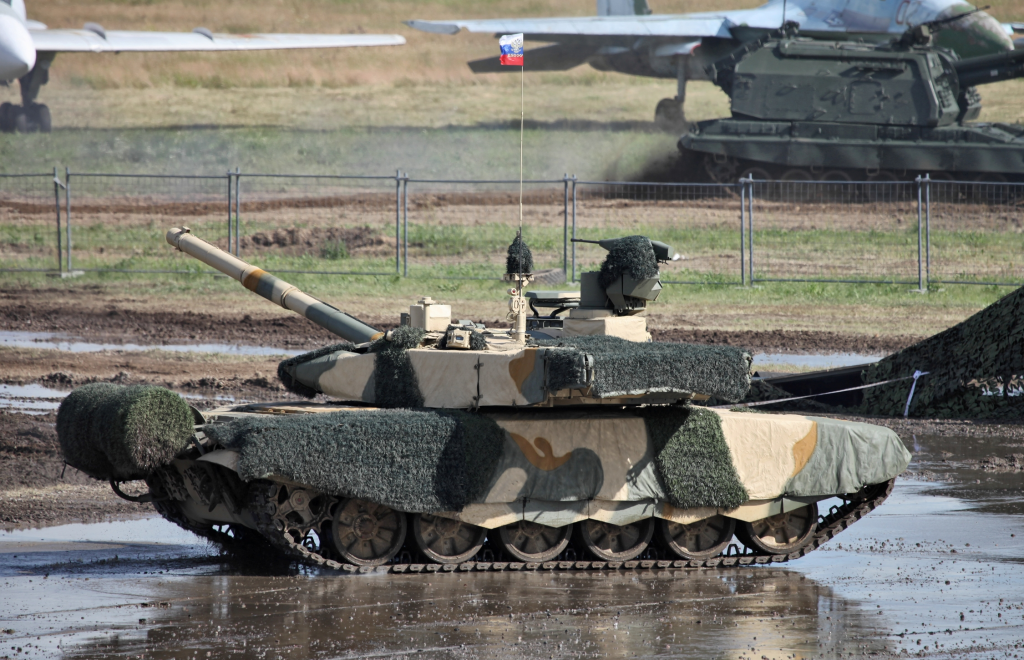
2. The Collapse of New Production
Russia’s main tank factory, Uralvagonzavod, delivers barely any new T-90Ms promised. Analysts have seen reurbished 20-year-old bodies of T-90As with new turrets and sights installed, indicative that the sanctions and manpower shortages have undermined building capacity. New hull precision welds require specialized labor many now conscripted or gone and foreign components, mainly the electronics, that are increasingly difficult to source quarter by quarter.
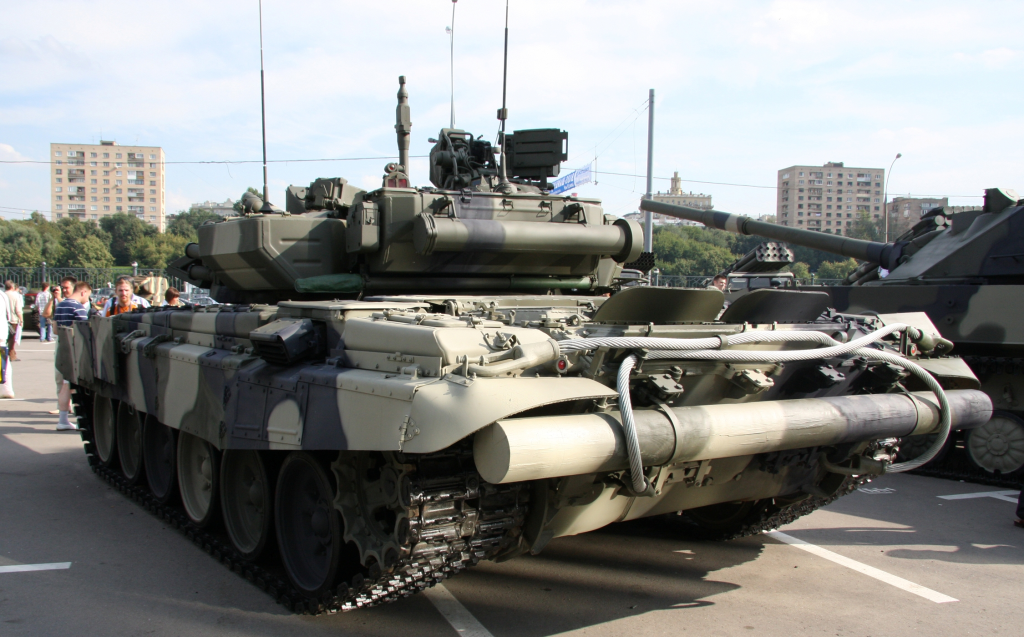
3. The Overreliance Upon Outmoded Models
With existing T-80s and T-90s run down, the Kremlin has revived Cold War leftovers. Scores of T-62s, originally introduced in 1961, are being overhauled at the 103 Armored Repair Plant. Scheduled to be upgraded with thermal vision, night vision, and additional armor to withstand American-made Javelin-style anti-tank guided missiles, nonetheless the T-62’s 115mm gun and antiquated armor are still poorly equipped to deal with modern tank-on-tank battles, their uses limited to fire support missions vs. lighter targets.
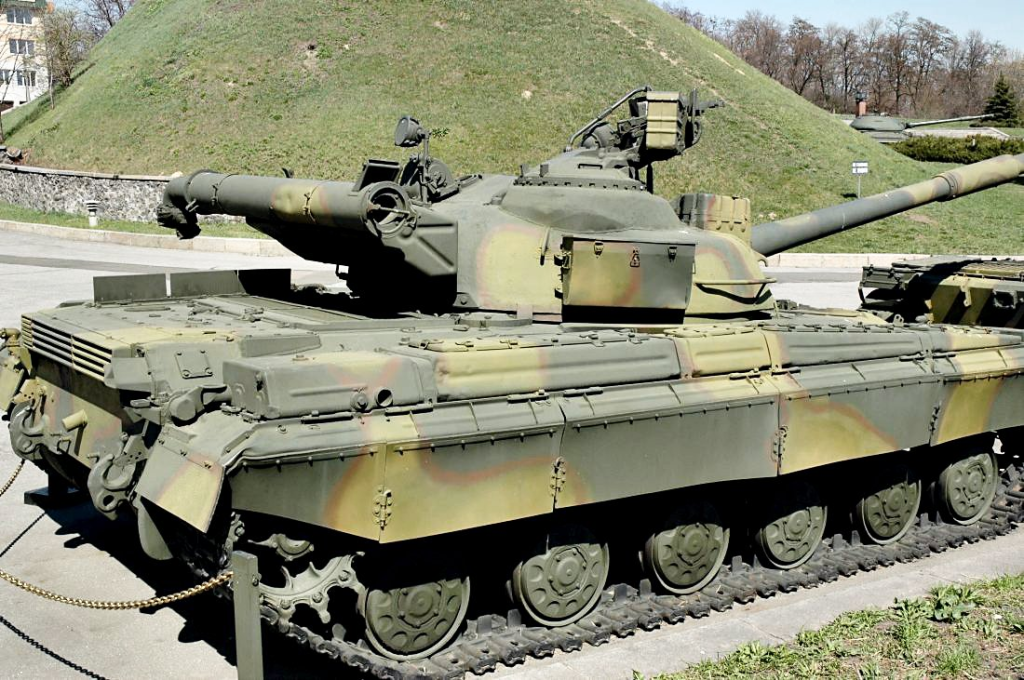
4. Battlefield Losses and Attrition Rates
Russia had lost over 11,000 tanks and infantry fighting vehicles in Ukraine up to early 2025, including around 3,000 T-80s. Dozens of T-64 and T-72 derivatives designed 50 to 60 years ago have gone missing, captured, or scrapped. OSINT analyst Jompy’s photos of satellite imagery show storage tanks such as 1311 being stripped off to the tune of 20 T-72Bs per month, with T-80BV reserves gone in full. After that, T-62s and even T-55s will be all that remains, constituting as little as 16% of pre-war inventory.

5. Maintenance and Refurbishment Issues
Repairing a tank from weak condition is quicker than new construction, though hardly efficient. As one colonel, Waffentraeger, commented, “Even the worst condition tanks could be reactivated to 100%, in theory but still quicker than building a new T-90M.” Dependent on mobile workshops, spare parts kits, and recovery vehicles, field maintenance depends, but deep operations reveals the lack of heavy recovery assets. Cannibalization taking parts off of several damaged vehicles to refurbish a few has become the norm, highlighting chronic spare parts shortages.

6. Vulnerabilities to Present Anti-Tank Weapons
The Ukrainian arsenal has the best of the best equipment with the FGM-148 Javelin, sporting a top-attack profile to go through thin turret armor. Russian armor, with ammunition kept under the crew in carousel autoloaders, will be vulnerable to catastrophic “jack-in-the-box” kills should they be penetrated. Improvised “cope cages” over turrets do not help with tandem warheads, and battlefield experience has rendered them obsolete.

7. Logistical and Industrial Strain
Russia produces about 100–200 new tanks each year, a fraction of replacement quantities. Sanctions madeWestern-assembled subsystems unusable, as mobilization took the trained manpower. Repair shops like Omsktransmash struggle to keep up, with certain base satellite imagery showing months of inactivity. The BMP infantry fighting vehicle exodus entirely from the pre-war 7,100 to 2,579 sounds similar to the tank situation, stressing the forces mechanized.

8. Strategic Implications
The war has turned into one of attrition, with the potential that Russia might be out of operable military vehicles as soon as the end of 2025 or the beginning of 2026. The employment of worn armor by the Kremlin reduces combat power as much as it betrays industrial weakness that transcends. As Maria Snegovaya commented, “It is getting harder to maintain the appearance of normalcy” with the rationing of fuels as collateral damage due to Ukraine strikes on refineries with drones.
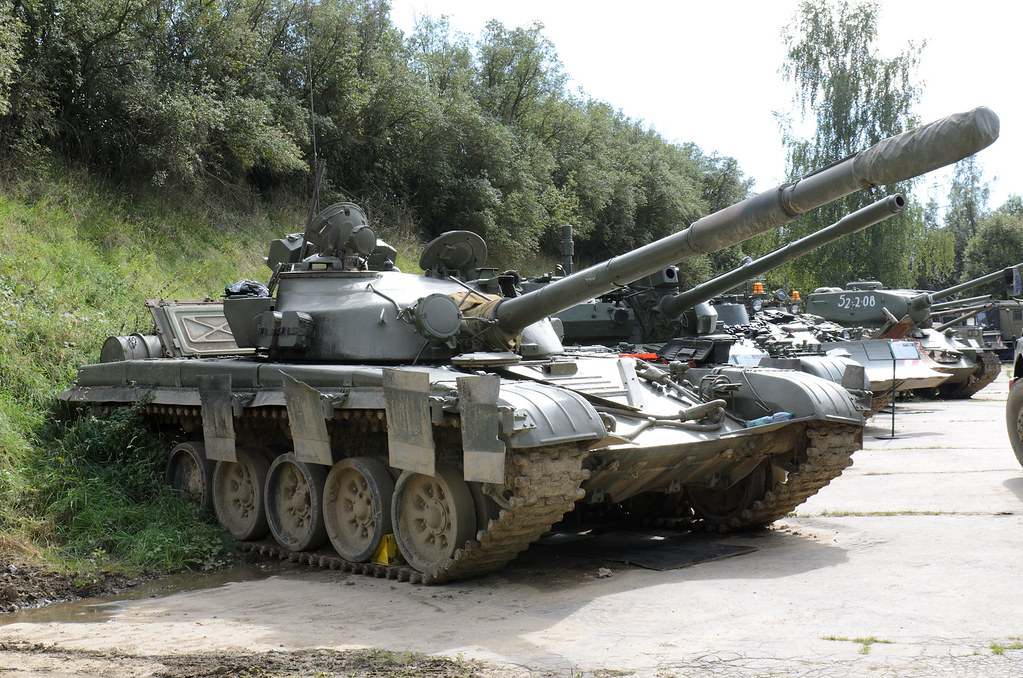
9. Lessons in Standardization
Russian military literature now emphasizes “unification is more important than innovation,” as a reminder of Soviet WWII practice of limiting production to some standardized products. The modern Russian army scattered onto T-72, T-80, and T-64 lines with non-interchangeable components makes maintenance as well as supply hard. Without unification, replacing aged hulls will be costly and slow, regardless of the dwindling pool of serviceable armor. The hourglass is running on the Armored Corps of Russia. Either the sand flows as economic implosion or as the inability to wage substantial campaigns, the engineers’ world is harsh: no engines, no firing the guns; no hulls, no tanks to put into the field.
